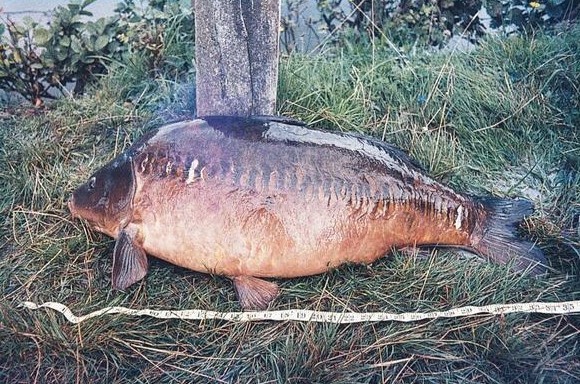
The evolution of carp
Where they come from, who genetically improved their looks and who are the Godfathers of the future?
1400s
The wildie arrives in mainland UK transported by monks for food. Thin in shape, these original carp were slow growing and of the common variety only. Their fins would appear to be large due to their slender chub-like bodies. A big wildie would be 10lb and usually dark in colour due to living in low-stocked ponds and clear water.
1700s
It was in the 1700’s when the Aischgrunder and Dinkensbhul strains of carp were formed by man’s intervention. The Dinkensbhul or ‘Dink’ were gradually breeding the scales off the fish as it was easier to prepare and eat less scaly carp. They didn’t reach our shores until the 1900’s but have become one of the major strains in the UK.
1900s
Behold the mighty Galician strain from a fish farm outside the village of Vassen in Holland. These fish shaped carp fishing as we know it and under the expert eye of Donald Leney, the Leney strain was born. Donald went on to grow some of the greatest carp EVER, stocking some of our now most famous venues across the UK.
The 90s
Enter John Patten and Mark Simmons. Their part in shaping the present day carp fisheries will never be surpassed. It was a simple format: John produced what has been the most famous strain of present-day carp, ‘The Fishers Pond Strain’ and Mark bought the best and sold them countrywide. These later became known as ‘Simmos’.
Late 90s
So you want the growth and domestication of a Dink and the looks length and life expectancy of the Leney? Well, enter Ben Gratwicke and the Priory Fisheries cross. Ranging from almost leathers to heavily scaled and common carp, these fish have been stocked countrywide from Wraysbury to The Car Park Lake.
The future...
So what’s the next step then? To gain access to some of the absolute biggest fish in the country and be there on a capture to take just a small amount of male milt (sperm) which can be done with no harm to the fish during the summer months. This can then be used to fertilised a farm held female’s eggs.


